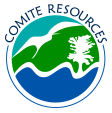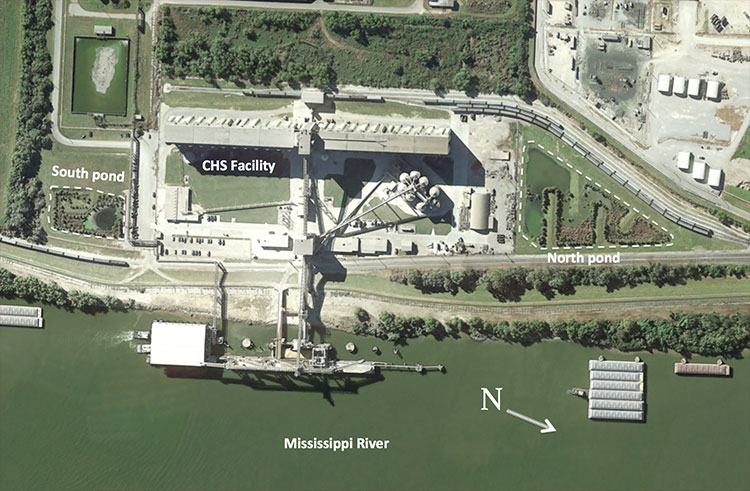Comite Resources designed two stormwater wetlands directly north and south of CHS, Inc. bulk grain transfer terminal, which handles both grain and grain by-products. The facility transfers grain from barges to ocean going vessels and services about 2 to 3 ships per day. Because of the high volume of grain handled by the facility, grain dust and spilled grain is deposited on the site and washed into the stormwater system. To address this problem, CHS partnered with Comite Resources to construct two wetlands totaling 2.5 acres to reduce total organic carbon (TOC) from stormwater runoff. Herbaceous species were planted and also colonized the area naturally, and baldcypress seedlings were planted at a density of 200 per acre, for a total of 500 trees. Hillman et al. (2018) reported a mean diameter growth increase of 2.5 cm/yr for these seedlings, which is very high. The use of wetlands to remove pollutants from stormwater runoff has great potential as a cost- and energy efficient method of improving water quality while also providing habitat for wildlife (see Stormwater Wetlands). The CHS stormwater wetlands have many species of birds living in the wetlands along with alligators, fish and frogs. Comite Resources visits CHS stormwater wetlands quarterly to carry out stormwater wetlands assessment and environmental monitoring to assess TOC reduction efficiency, vegetation growth, and overall health and system performance. Below are monitoring reports from this site describing work carried out and preliminary data.



